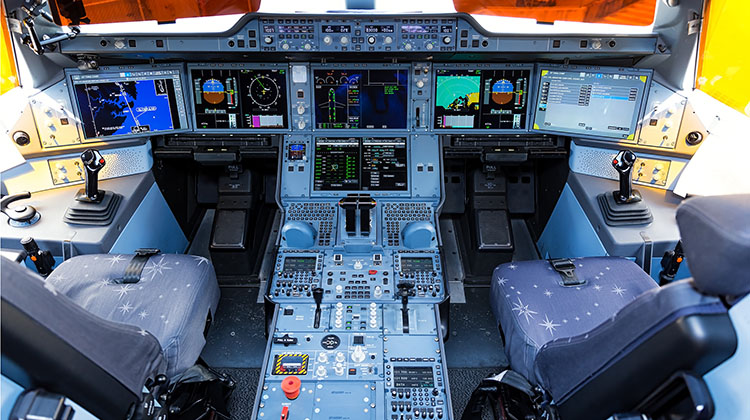
Restrictive rules placed on New Zealand’s colour vision deficient (CVD) pilots will end from 31 May 2019, ending six years of campaigning by pilots and the aviation industry.
The new rules will enable pilots with impaired colour vision to demonstrate competency through assessments and flight tests if they fail colour vision tests, whereas to date restrictions were placed on their medical certificate based on visual screening tests.
New Zealand Civil Aviation Authority (CAA) director Graeme Harris said the changes represented a shift in operational policy towards these pilots in that they could operate aircraft safely in spite of their colour vision deficiency (CVD).
“There is evidence that the majority of colour vision deficient pilots pose no greater safety risk than their normally sighted colleagues, as long as they are tested, and pass an appropriate assessment,” Harris said.
The new approach would align closely with that adopted by the US Federal Aviation Administration (FAA).
CVD is a condition where individuals are unable to distinguish differences between certain colours. It is commonly inherited and affects about eight per cent of men and 0.5 per cent of women.
Under the new rules, pilots with CVD can apply to undertake a new operational colour vision assessment (OCVA) and, if successful, have restrictions removed on their Class 1 and Class 2 medical certificates.
The new approach would include both a medical assessment and practical competency assessment in a three-stage process.
Pilots with the mildest form of CVD, as assessed by clinical testing, would be eligible for unrestricted medical certification in New Zealand.
Those with more severe CVD will still be able to fly with restrictions on their medical certificate that prevents them operating to and from controlled aerodromes without a radio, flying at night or carrying passengers on air operations.
The last two restrictions could be removed by passing a practical operational flight assessment.
The restriction of flying to an aerodrome without a radio cannot be removed because, without a radio, the control tower may use colour light signals to communicate with aircraft in an emergency and misinterpretation due to CVD could constitute a safety risk, the CAA said.
Pilots with CVD would be urged to take the new assessment from qualified instructors part way through their training when they had experience in piloting aircraft. They would have a choice of daytime or day and night assessment.
The CAA said the practical assessment would involve an experienced instructor examiner who would look at the individual’s ability and skills to recognise navigational charts, maps, cockpit instruments and terrain when they are in the air.
“In all cases the objective is not to name colours but rather, to correctly interpret the meaning of information conveyed by charts, instruments or lights, or to assess terrain conditions or obstructions,” the CAA said.
“The assessment is not a check of aviation knowledge or flying ability; for example, the use of keys, notes and glossaries on maps, charts and plates is permitted.”
The move was expected to help ease a pilot shortage. It would also end a situation where Australian pilots, who operated under a similar regime being introduced in New Zealand, could fly in and out of New Zealand airspace, unimpeded by regulatory restrictions.
















Henry
says:More poor quality work from AA. Does no one review these before publishing? Such a joke. Glad I cancelled my subscription.
“It is commonly inherited and affects about [??] per cent of men”
australianaviation.com.au
says:Dear Henry. the condition affects eight per cent of men. The story has been updated. Apologies for the omission. We will strive to do better in the future to win back your business. And thank you for reading.
Andre
says:Can a non New Zealand citizen or resident complete these tests if they go to NZ?
MichaelM
says:Good question from Andre: can a non New Zealand citizen or resident complete these tests if they go to NZ, anyone cares to elaborate ?